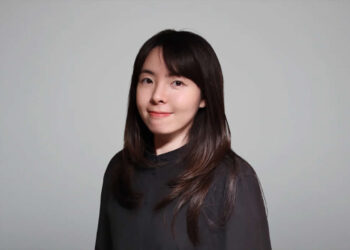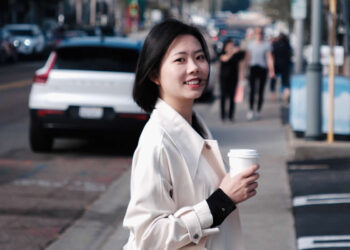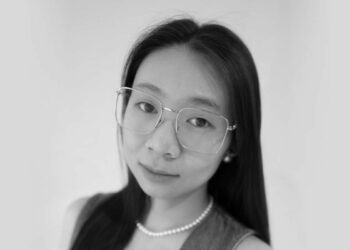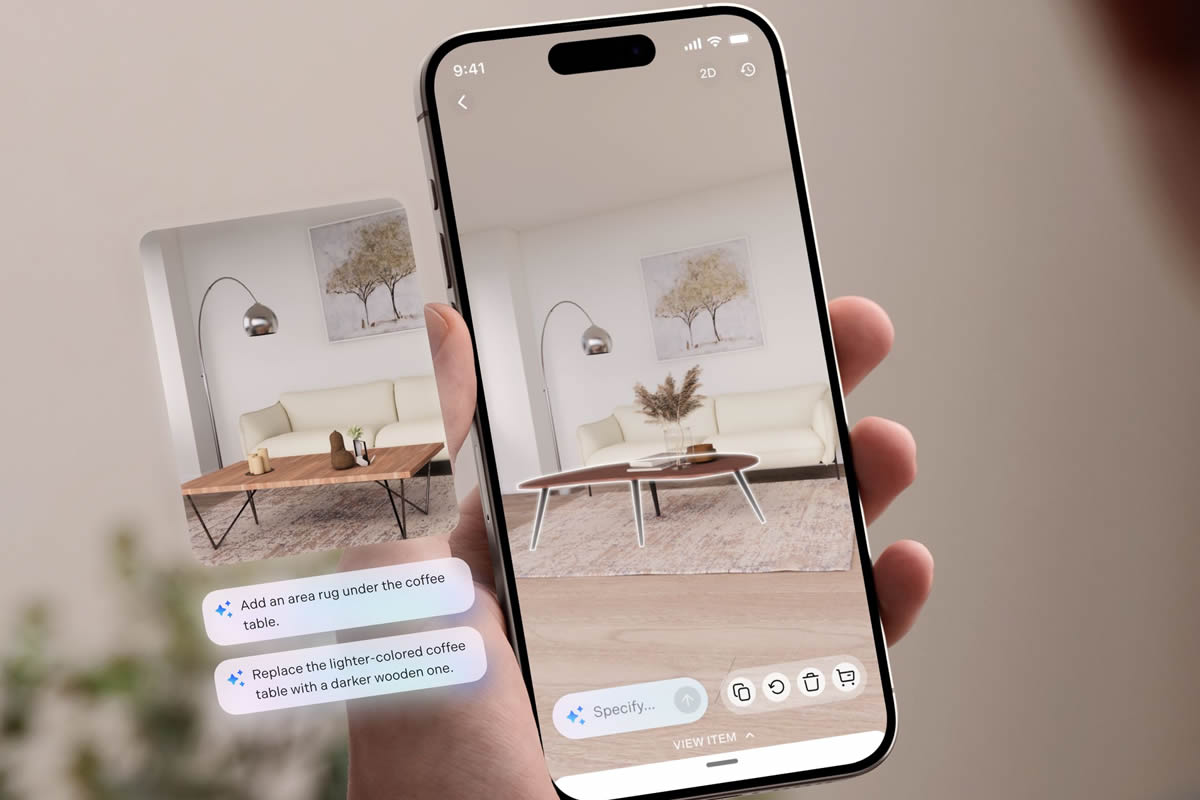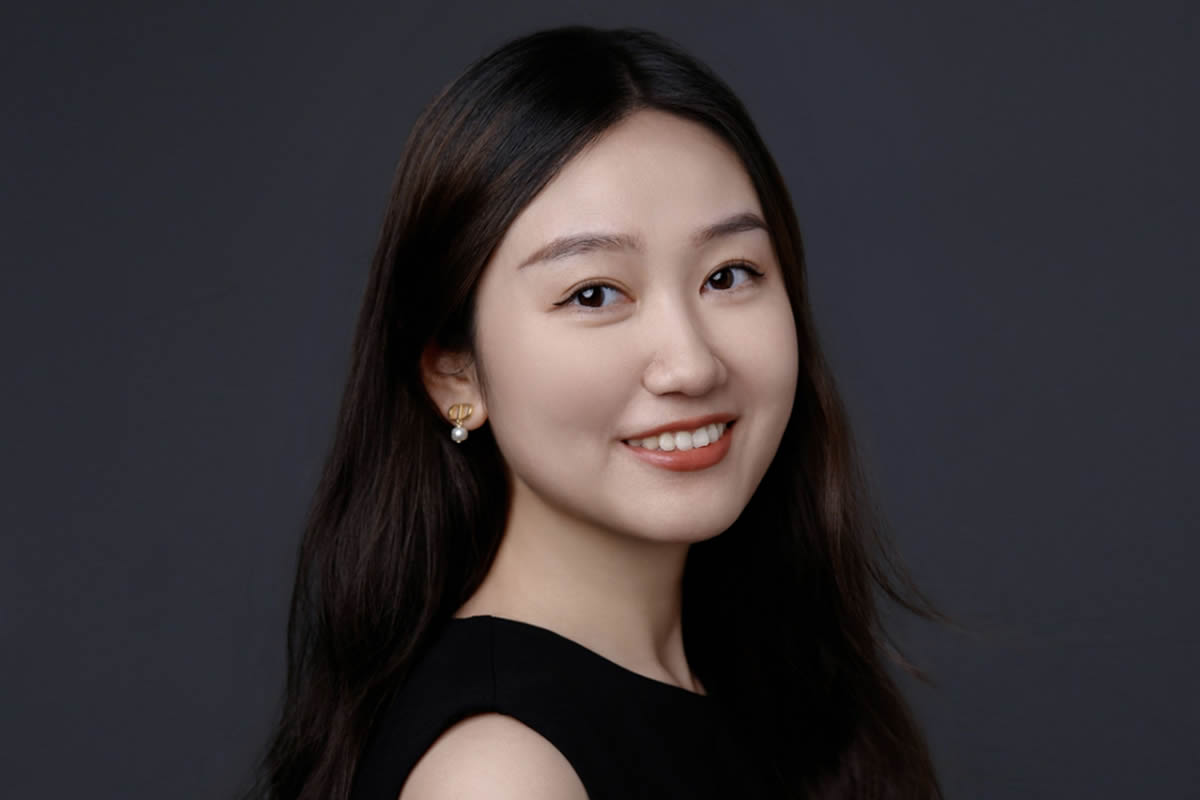Written by: Oliver Winters
As the first half of the year’s major international design award season nears its close this April, one accomplished talent stands in the spotlight: Chuoer (Ivana) Liang. Across prestigious competitions, Liang has emerged as one of the industry’s top product designers, known for her sharp UX insight and innovative work that bridges commercial and socially-driven design. In the past year alone, her projects have garnered multiple accolades on the global stage. Major honors include Gold at the London Design Awards and NYX Awards – achievements that underscore the impact of her human-centered design approach.
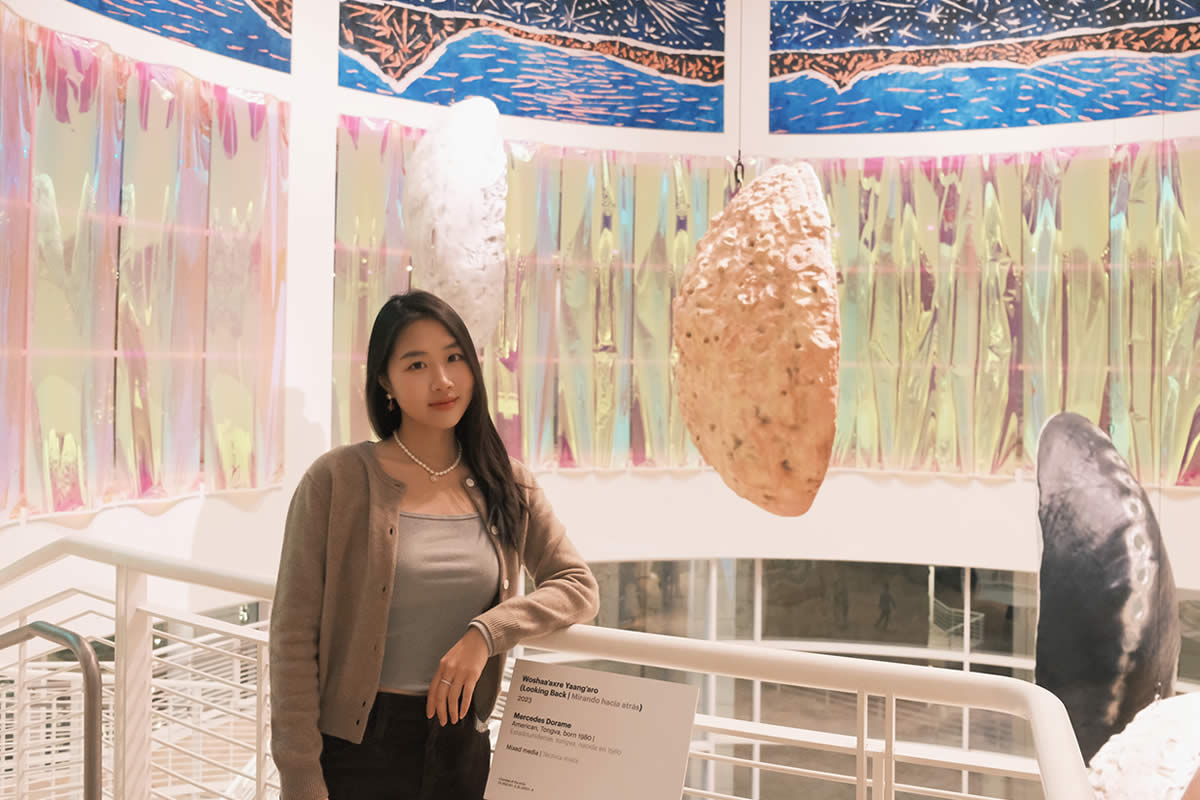
A Year of Accolades and International Honors
Over the past year, Liang’s work has earned various prestigious awards across London, New York, Europe, and beyond. Her AI-powered pet care application, Furco, secured a Silver award at the Muse Design Awards and received an Honorable Mention at the European Product Design Awards. Furco also earned Silver at the London Design Awards and New York Product Design Awards.
Liang’s museum experience platform, Easel, achieved significant recognition, including Gold at the London Design Awards, and Gold in two categories at the NYX Awards. Additionally, Easel garnered Silver awards of the New York Product Design Awards and a prestigious Gold at the New York Product Design Award Better Future 2024. It also received a Silver honor at the Better Future WORLD Design Awards 2025 and won at the Creative Communication Award.
From Foshan to the Forefront of Design
Liang’s journey in design is rooted in her upbringing in Foshan, China, a city celebrated for its rich artistic heritage and craftsmanship. “I grew up in Foshan…fascinated by the local ceramic workshops and furniture makers who could transform raw materials into beautiful, functional objects,” she recalls. Watching artisans balance form and function in everyday creations planted the early seeds of her design passion. This foundation in craftsmanship and attention to detail would later shape her user-centric philosophy.
Moving to the United States for higher education, Liang pursued her creative ambitions with equal parts curiosity and determination. She earned a master’s degree in Communication in Digital Design, specializing in UX, at the University of Washington. Early in her career, while working at an airline in Seattle, she noticed travelers repeatedly struggling with confusing airport layouts and lack of information – an observation that sparked her interest in improving user experiences on a broad scale. “This sparked a curiosity in me—how could these processes be improved to enhance the customer experience?” Liang said of that period, which ultimately propelled her toward UX/Product design.
Today, Chuoer Liang is a product designer in the e-commerce industry, where she applies her user-first design principles to help people in their daily lives. In her role at Inmar Intelligence, she focuses on designing e-commerce solutions that drive sales and customer loyalty while making online shopping smoother for users. “I design features that make it easier for users to find and clip relevant coupons,” Liang notes, describing how her work especially serves those hit hardest by economic challenges. One of her notable commercial design contributions was a redesigned shopping list feature for a retail app, which reduced the time needed to create grocery lists by 40% – a change that helped busy families save time and money, and in turn boosted customer retention for the business.
Central to Liang’s approach is a commitment to accessibility and inclusive design. Drawing from her experiences in Foshan’s close-knit community, she has “championed accessibility features like dark mode for users with light sensitivity and optimized contrast ratios for those with visual impairments,” ensuring products can be used by as many people as possible. In fact, when overhauling a coupon platform’s interface, she insisted on following WCAG 2.1 standards from the start rather than as an afterthought. The results spoke volumes: the improved accessibility not only benefited users with disabilities but also enhanced clarity for all users, reducing the average time spent creating lists by 40% and decreasing shopping cart abandonment by 27%. This emphasis on empathy and inclusion is a hallmark of Liang’s design ethos, whether she’s optimizing a checkout flow or crafting an app for social good.
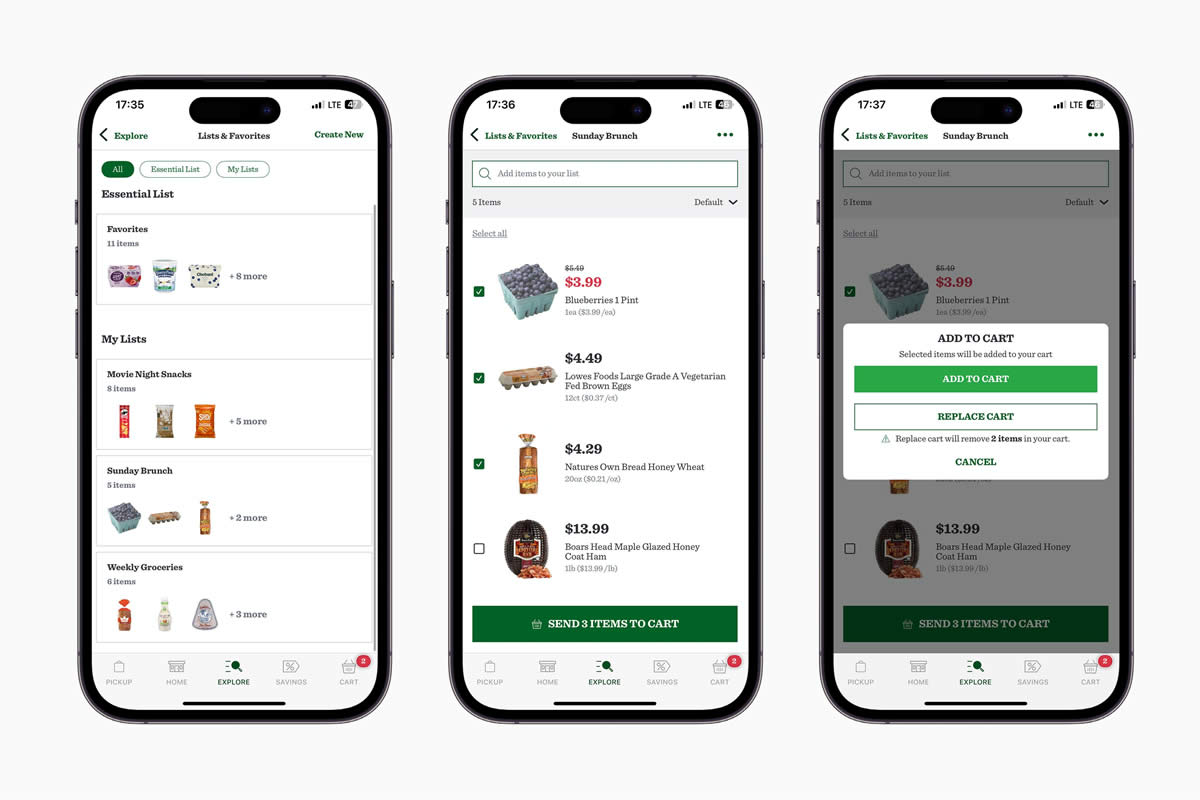
Designing for Impact: Merging Tech Innovation with Human-Centered Design
Liang’s body of work spans both commercial products and passion projects, all tied together by her belief that design can drive positive change. By day, she refines digital platforms to make online shopping easier and more inclusive; by night, she channels her skills into side projects that address societal needs. “I’m particularly proud of projects that help those in need, whether it’s families trying to save money or communities looking to preserve culture,” she says. Liang seamlessly integrates emerging technologies like artificial intelligence and augmented reality with human-centered principles, ensuring that each innovation serves a real user need rather than technology for its own sake. This approach has given rise to two award-winning projects that reflect her dual focus on pragmatic solutions and social impact.
One of these standout projects is Furco, an AI-powered pet parenting app Liang co-created to empower pet owners and animal lovers. Furco is a comprehensive platform designed to enrich every stage of a pet’s life and foster responsible ownership. “Our AI-powered app offers personalized breed recommendations tailored to your lifestyle, connects you with local events and resources, and provides essential support when rehoming is needed,” Liang explains. In other words, Furco can help a first-time pet adopter find a dog breed that fits their living situation and then guide them with training resources, pet-friendly event listings, and community forums as their new companion grows. What truly sets Furco apart is its compassionate approach to the tougher side of pet ownership: if an owner can no longer keep their pet, the app assists with responsible rehoming so that every animal can find a loving home if circumstances change. By educating pet owners and providing rehoming support, Furco aims to reduce pet abandonment and lower euthanasia rates in shelters. This blend of technology and empathy – “where technology meets compassion,” as described in the project mission– has resonated strongly with judges in the design community. Furco earned a Silver award in the 2024 MUSE Design Awards (Animals & Pets category) and an Honorable Mention in the European Product Design Awards, spotlighting how UX innovation can serve social causes like animal welfare. Liang attributes the app’s success to its user-centric ethos: “The biggest challenge was simplifying the user flow while ensuring the app is intuitive…finding the right balance between powerful features and a seamless experience,” she says, noting that several design iterations were needed to get it right.
Liang’s other headline-grabbing project is Easel, an AI + AR museum experience platform that reimagines how people engage with art and culture. Easel tackles a familiar challenge: traditional museum visits can be one-size-fits-all, with static displays and tours that may not cater to diverse interests or needs. Liang’s platform changes that by offering personalized, tech-enhanced tours for every user. “Easel, an AI-powered museum app, offers customized tours tailored to visitors’ preferences, immersive AR experiences, and an interactive chatbot for in-depth exploration of each artwork,” its award entry description explains. Using Easel, a visitor might input their interests and receive a bespoke tour route highlighting, say, women artists of the 19th century, complete with an augmented reality guide that overlays additional context when they view a painting through their smartphone camera. The app leverages generative AI to provide rich storytelling and content in multiple languages, making exhibits more accessible to international audiences. It also encourages social interaction by letting users comment on exhibits and share their own tours, turning museum-going into a more engaging, community experience. By integrating personalization, AR, and community features, “Easel fundamentally enhances the museum experience”and delivers on Liang’s mission to make culture accessible to everyone, regardless of background or physical ability.
Notably, Easel has drawn on Liang’s cultural heritage as well. Growing up amid Foshan’s arts, she learned to value preserving culture and making it approachable. Easel brings that philosophy to life on a global scale: “This project brings together my Foshan heritage of craftsmanship with cutting-edge technology to ensure cultural treasures can be meaningfully experienced by everyone,” Liang says of Easel’s inspiration. The design world has certainly taken note. Easel has swept several top-tier awards, a testament to its creative and social impact. The platform won Gold in the 2024 London Design Awards (in the UX – Education category), as well as a NYX Gold Award in 2024 for its novel use of mobile technology. It also earned recognition as a winner in the Creative Communication Awards, and honors in the New York Product Design Awards. Such accolades, spanning different competitions, reflect how Easel struck a chord by blending art, technology, and accessibility. For Liang, the project’s success is measured not just in trophies but in its potential to inspire change: “Step into the museum of the future with Easel, where technology, personalization, and community transform your experience into an unforgettable journey of art appreciation,” the team writes, inviting audiences worldwide to imagine a more inclusive cultural future.
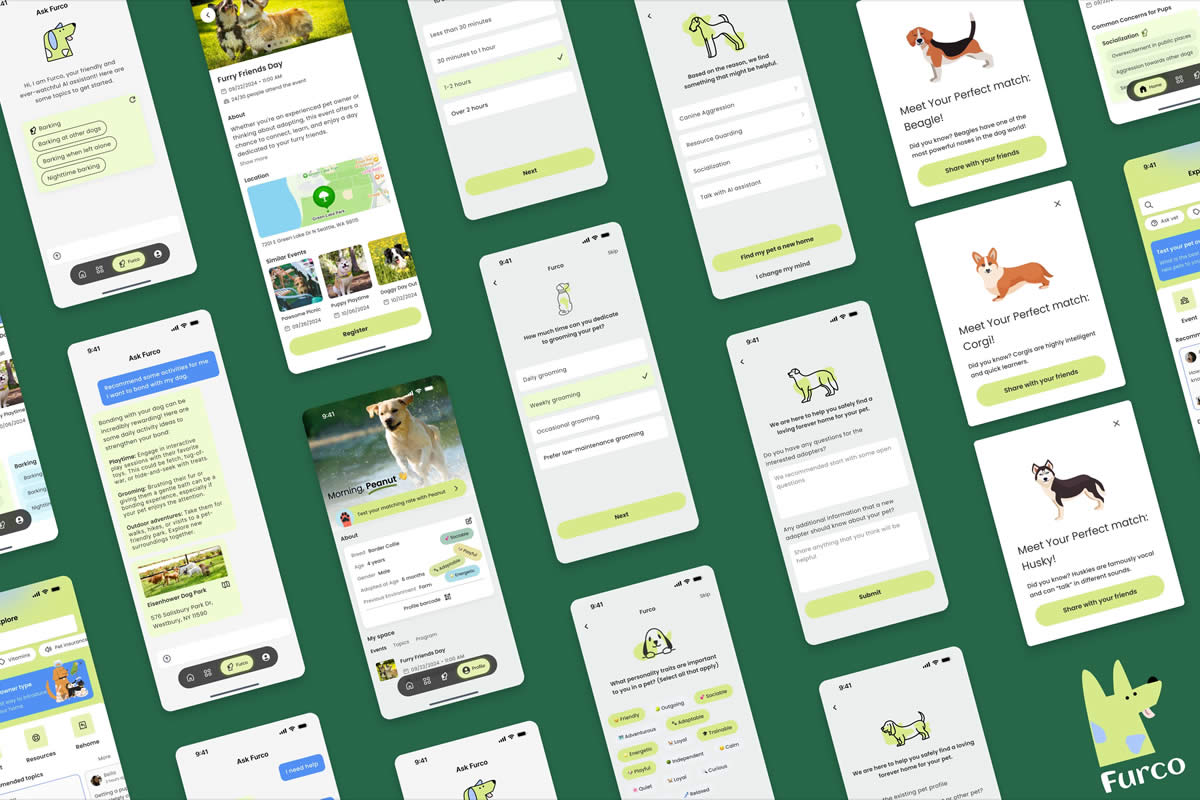
In Her Own Words: Advice and Inspiration for Young Designers
Behind these award-winning designs is a philosophy that Liang is eager to share with the next generation of creators. She firmly believes that good design begins and ends with empathy for the user. “Design is not just how something looks, but how it works and how it makes people feel. It’s about making things better, easier, and more meaningful,” Liang emphasizes, underscoring the importance of solving real problems through design. Her rise in the industry offers valuable lessons for aspiring designers hoping to follow in her footsteps.
When asked what advice she’d give young designers preparing their own projects (perhaps even for awards down the line), Liang encourages a mindset of continual growth and user-centric thinking. “My advice is to embrace continuous learning by staying up-to-date with the latest trends, technologies, and tools. Focus on building a strong foundation in user-centered design, always prioritizing the needs and experiences of the user,” she says. In practice, this means never becoming complacent – there’s always a new skill to learn or a new perspective to consider. Liang also highlights the value of persistence and iteration. Design challenges can be complex, and not every solution works on the first try; the key is to keep refining. “Persistence is crucial—design is an iterative process, and not every solution works on the first try, but pushing through challenges is what leads to meaningful results,” she notes, reflecting on her own process of trial and error with projects like Furco.
Finally, Liang reminds young creatives to stay true to the purpose behind their work. Awards and accolades are gratifying, but what drives her is the impact on people’s lives. “Never stop growing, and remember that the best designs are those that truly make a difference in people’s lives,” Liang says – a guiding mantra that she carries into each new project. She advises designers to design with heart: if your idea can help someone or improve a situation, nurture that idea and let that mission fuel your creativity. In Liang’s own career, this philosophy has clearly paid off.
Encouraging the Next Generation of Designers
As the design award season reaches its midpoint and the community celebrates this year’s innovators, Chuoer Liang’s story stands out as an inspiration. Her journey from a curious child sketching in Foshan to a multimedia award-winning designer in the United States shows how far passion and perseverance can take you. For the next generation of designers, Liang’s success sends a clear message: keep learning, stay empathetic, and dare to innovate with purpose. In a field where technology is constantly evolving, Liang demonstrates that a human-centered vision is what truly drives meaningful design. “Never stop growing,” she urges young designers, “and never forget why you design – to make a difference.” By following that credo, the designers of tomorrow can continue to break barriers and create experiences that enrich people’s lives. And who knows – they just might find themselves in the winner’s circle of the next award season, turning their own ideas into reality and impact.

